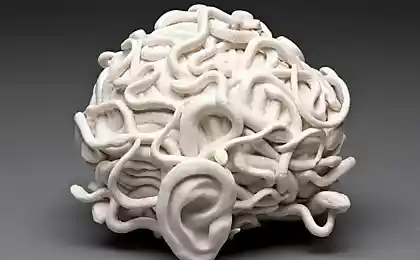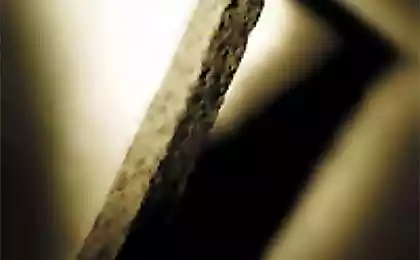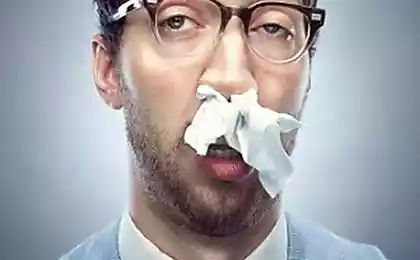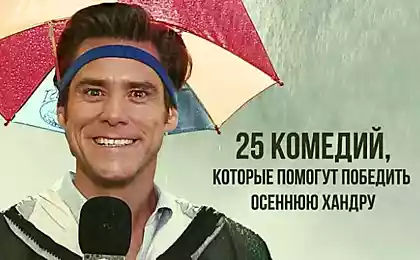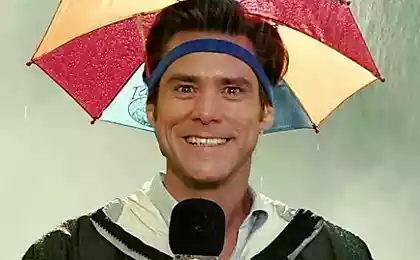967
5 stupid mistakes of world-famous scientists

We offer you a selection of the five stories that illustrate how the error is not insured, even geniuses, and to achieve scientific breakthroughs often have to go to a big risk.
1. The theory of heredity Darvina

Darwin was a man of extraordinary intelligence. He proposed the theory of evolution by natural selection is revolutionary, especially given the fact that the scientist does not understand mathematics. However, from a mathematical point of view, his theory is actually wrong.
This scientific discovery will seem even more incredible when you consider that the concept of succession as a sign of transmission from parent to child, Darwin and other scientists looked at as something that makes it impossible to natural selection. At that time people believed that the characteristics of the mother and father of a "mixed" in the child similar to mixing in a jar of black and white paint - the result is gray. Darwin was inclined to support this theory.
Error Darwin was a refusal to acknowledge the existence of a conflict between this idea and established his new theory. If among the million of white cats in the line of descendants suddenly appear and give a black offspring with white cat, according to the theory of heredity, black color will appear in the immediate descendants of black and white cat. But then, as a result of further crossing of the offspring exclusively with white cats, the likelihood of another black tends to zero. Darwin was not agree with this.
Moreover, this fact has been recognized only in the early 1900s thanks to the Mendel's laws of heredity. Mendel put forward the correct theory that by mixing the traits of the two parents is pronounced any one feature, but not all of their inherent features.
2. Assessment of the age of the Earth at Kelvinu
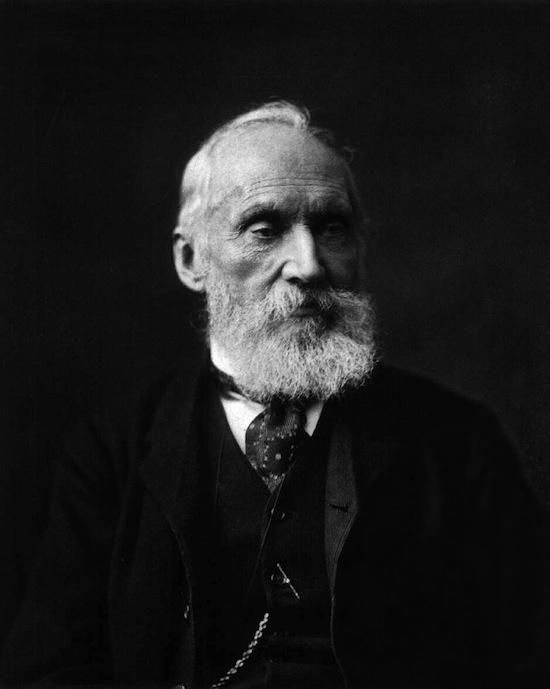
In the 19th century, Sir William Thomson, Lord Kelvin, for the first time in the history suggested the use of physics to calculate the age of the Earth and the sun. Although he calculate the age of celestial bodies turned 50 times less than what we have reason to believe now that in itself was a breakthrough concept.
Lord Kelvin based his calculations on the fact that in the beginning the earth was a hot molten ball and over time gradually cooled. He tried to calculate how long it takes the planet to reach this temperature gradient. His calculations were wrong in part because scientists did not yet know about radioactivity, and he could not include this factor in his calculations. Radioactive elements such as uranium and thorium are an additional source of heat inside the planet.
However, the biggest mistake Kelvin was a friend, because even if it took into account the radioactive elements, his estimate of the age of the Earth would change too. Calvin ignored the possibility that unknown mechanisms distribute heat unevenly across the globe. He believed that the same degree of heat on the Earth's surface and in its depths. Even after it has been scientifically proven that inside the Earth much hotter and the heat is distributed in the interior with greater efficiency, Lord Kelvin ignored this fact.
Perhaps the fact that Calvin been right too often and could not recognize his wrongness even in something. Diaries and documents left behind him to indicate that he did not admit this theory.
3. Triple Helix Polinga

In 1953, Francis Crick and James D. Watson discovered the DNA double helix. However, the chemist Linus Pauling in the same year offered his vision of the molecular structure of DNA.
Pauling was an outstanding chemist, he was awarded the Nobel Prize twice - in the field of chemistry and the Peace Prize. Pauling's mistake was that he did not double-check published his theory about the structure of the DNA molecule, which proved to be false: the chemist suggested that the DNA helix does not consist of two twisted yarns, and of the three.
Confidence Pauling was based on his previous success in bringing the model structure of proteins. In fact, Pauling became a victim of its own success.
4. Big Bang Hoyla
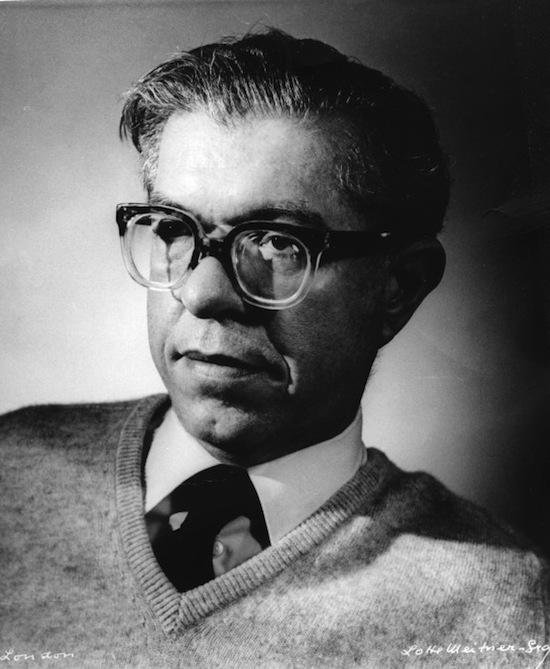
Who lived in the 20th century, the astronomer Fred Hoyle was one of the authors of the equilibrium model of the universe, which states that the universe is always in the same state and does not change over time. Because scientists know that the universe is expanding, the theory required the continuous creation of new matter in the universe, the density and the condition of the objects in it remained constant.
When Hoyle learned about the theory, contrary to his own, in the form of a joke suggested that the universe was born in a lump sum, enormous in scale events, which he called the "big bang." But then he dropped the idea, remains true to its first model, the equilibrium of the universe.
During the first 15 years of the existence of both theories it was quite difficult to find significant differences between this model and the theory of the Big Bang. Slip Hoyle was that despite all appearing prove the Big Bang theory, he did not agree with it, but instead continued to come up with evidence for their own hypotheses. And even when the scientific community in the Big Bang theory has been accepted for the main, with that Hoyle had not agreed.
5. The cosmological constant Eynshteyna
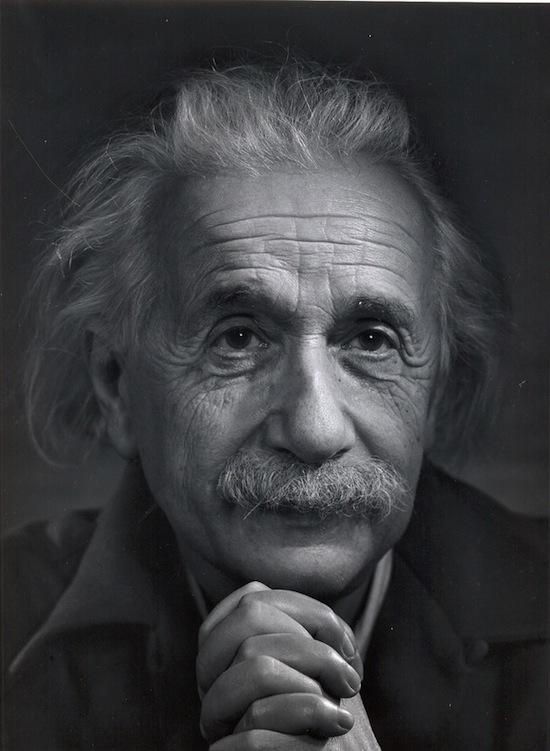
Albert Einstein, is undoubtedly one of the greatest minds in history, but he was not immune from mistakes. He made a serious mistake in their equations describing the principles of gravity in his general theory of relativity, published in 1916.
One of the important components in his equations were so-called "cosmological constant" that Einstein introduced the reasons that the universe supposedly static. Later, when astronomers discovered that the universe is in fact expanding, Einstein agreed with his error and reworked the equations to exclude them from the cosmological constant. Legend has it that Einstein called the cosmological constant his creation "the greatest mistake».
But in 1998, the year after Einstein's death, it was discovered that the universe is not just expanding, but its expansion is accelerating over time. To explain why this is happening, the scientists turned again to the cosmological constant in the equations of general relativity. So Einstein's error was in fact that it is easy to give up on its findings, and did not insist on his.
via factroom.ru
10% of users registered on Facebook - not people
Most freshwater reservoirs water temperature at the bottom of the same and amounts to + 4 ° C



